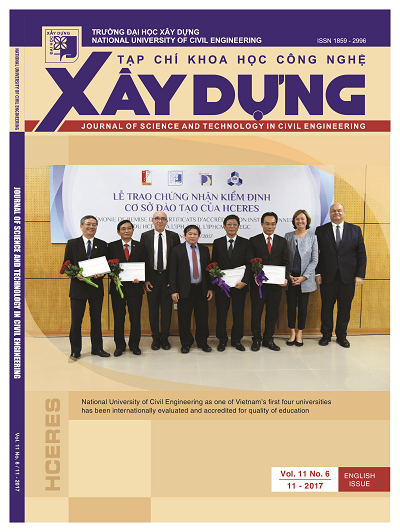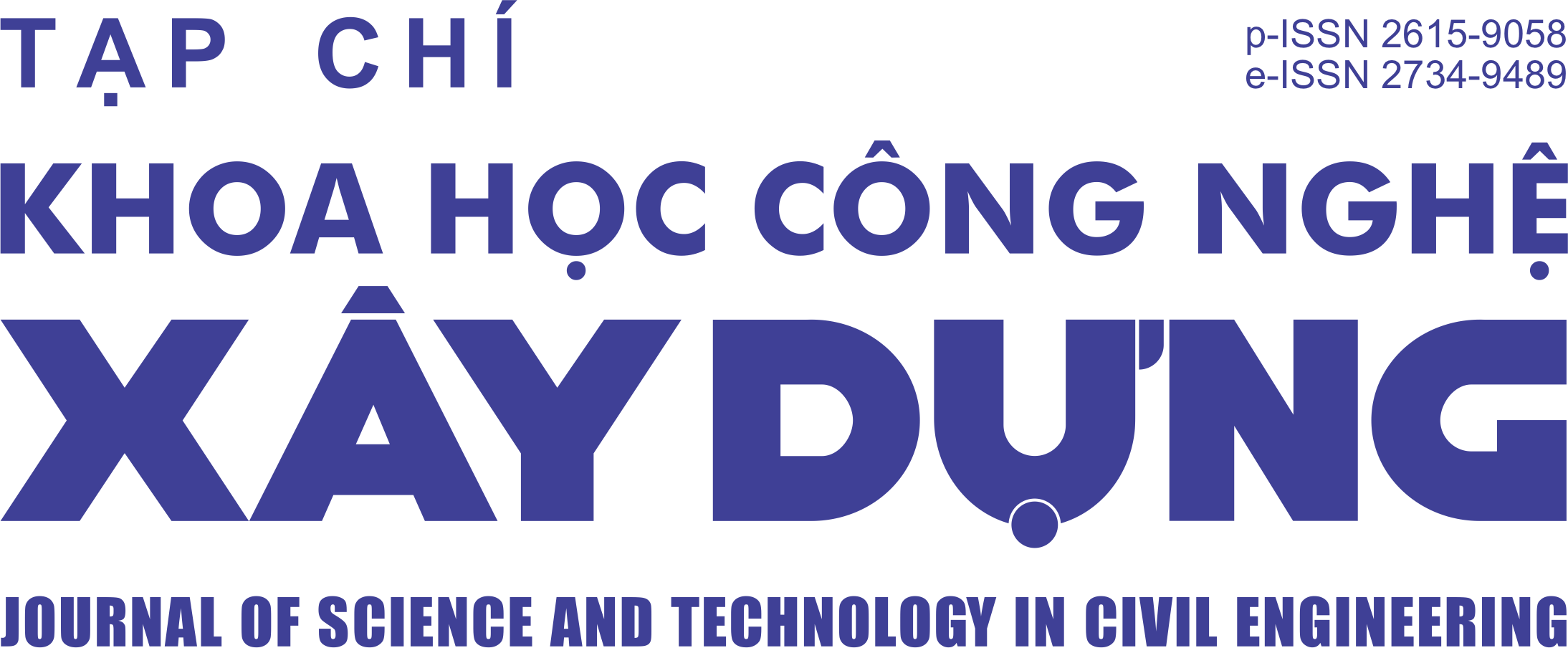Brackish water treatment research in pilot scale using dual-stage nano filtration for domestic/ drinking water supply in Thu Bon river basin
Abstract
Due to the impact of climate change, the process of salinity intrusion occurs frequently in coastal areas of Vietnam. Therefore, the main objective of this study is to evaluate the brackish water treatment capacity of different nanofiltration (NF) processes for domestic and drinking water supply for residential areas in Thu Bon river basin, where the salinity varies significantly within seasons. Results have shown that during season change when the river’s salinity increases up to 17.5‰, application of dual-stage NF is most appropriate. The energy costs were 8.28 and 33.4 $/m3 with salt concentrations of 1-6‰ and 6-12.5‰, respectively. This dual-stage NF process not only guarantees the effluent quality to meet National Technical Regulation on potable water (QCVN 01:2009/BYT), but also offers reasonable energy cost and finally can heip to prolong the membrane lifespan.
Keywords: Drinking water treatment, dual-stage nanofiltration, Brackish water, variation of salinity with seasons.
Received: July 13th, 2017; revised: August 10th, 2017; accepted: November 2nd, 2017
Downloads
1. The Author assigns all copyright in and to the article (the Work) to the Journal of Science and Technology in Civil Engineering (JSTCE) – Hanoi University of Civil Engineering (HUCE), including the right to publish, republish, transmit, sell and distribute the Work in whole or in part in electronic and print editions of the Journal, in all media of expression now known or later developed.
2. By this assignment of copyright to the JSTCE, reproduction, posting, transmission, distribution or other use of the Work in whole or in part in any medium by the Author requires a full citation to the Journal, suitable in form and content as follows: title of article, authors’ names, journal title, volume, issue, year, copyright owner as specified in the Journal, DOI number. Links to the final article published on the website of the Journal are encouraged.
3. The Author and the company/employer agree that any and all copies of the final published version of the Work or any part thereof distributed or posted by them in print or electronic format as permitted herein will include the notice of copyright as stipulated in the Journal and a full citation to the Journal as published on the website.







